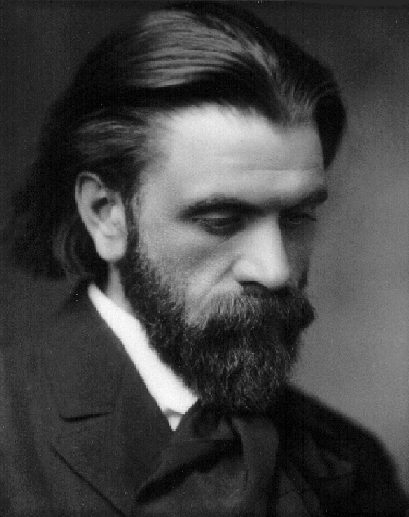
B.J. Palmer: The Developer of Chiropractic
 From classrooms to the airwaves
From classrooms to the airwaves
B.J. Palmer stepped into leadership at the Palmer School of Chiropractic in 1906. He refined teaching, expanded clinics, and pushed for better standards. He also looked beyond the classroom. To reach families far from Davenport, he used a new tool: radio.
 Building a profession
Building a profession
- Strengthened curriculum and clinical training at the Palmer School.
- Advanced spine imaging with early spinography X-rays around 1910.
- Promoted research, case records, and public education.
- Supported efforts for chiropractic licensure and professional standards.
 On the air: WOC and WHO
On the air: WOC and WHO
In 1922 B.J. acquired station WOC in Davenport. In 1930 he added WHO in Des Moines. On these stations he mixed health education with news and community programs. Radio carried chiropractic ideas to living rooms across the Midwest.
- WOC became a training ground for broadcasters and public service.
- WHO amplified the message to an even wider audience.
- These stations later launched notable radio careers.
 Why B.J.’s work still matters
Why B.J.’s work still matters
- Clear standards in education help deliver consistent care.
- Early imaging and careful records improved clinical decision-making.
- Public outreach made chiropractic understandable for families.
 Share Chiropractic
Share Chiropractic
Know someone who is suffering? Refer them to our office, and your next visit is on us — our way of saying thanks.
Palmer School and B.J. Palmer historical summaries; early spinography and curriculum notes; WOC (1922) and WHO (1930) radio histories; Palmer Communications archives.

Looking Ahead: Week 3
Next week we continue Chiropractic Awareness Month with the story of growth and recognition:
- The long path to chiropractic licensure across the United States
- How the profession grew through the 20th century
- The landmark Wilk vs. AMA case that secured chiropractic’s place in modern healthcare
Stay tuned as we trace these pivotal moments that shaped chiropractic into the trusted profession it is today.


 Why B.J.’s work still matters
Why B.J.’s work still matters